Part 4 in our Plan Your Garden Series
- Part 1 - Plan Your Tea Garden
- Part 2 - Plan Your Curry Garden
- Part 3 - Plan Your Spice Garden
- Part 4 - Plan Your Herbal Body Care Garden (this article)
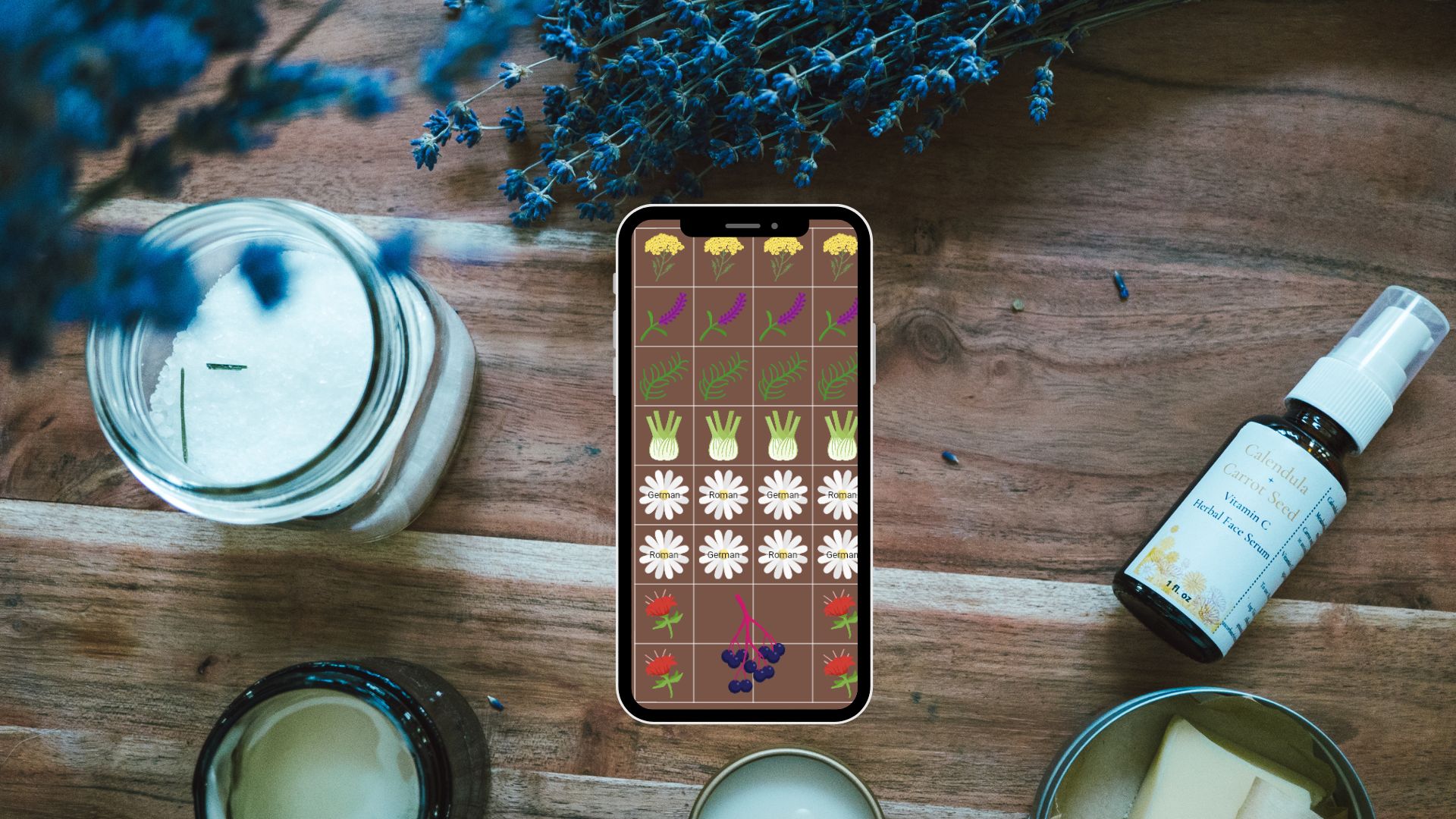
Part 4 in our Plan Your Garden Series
A good herb garden has herbs that can be used in cooking and herbs that can be used as traditional medicine. A lot of these same herbs can also be used in the spa (or bathroom of course). Check out these herbs for some inspiration:
Aloe deserves a top spot in our herbal body care garden lineup. Many of us reach for aloe after getting too much sun. It’s great at soothing irritated and sun burned skin. The gel inside of a leaf offers some relief of the itchiness that follows a burn too. In the case of minor burns from touching something hot, aloe can be useful. Aloe thrives in deserts and it’s perfect for gardens with arid conditions. If you don’t live in the desert, aloe is easy to grow in a container as a houseplant. Aloe needs a lot of bright, but not necessarily direct, sunlight so it’s best to put it near a south facing window. Water an aloe about once a week, but make sure you let the soil dry out between waterings, and be careful not to overwater it, too much water can kill an aloe. Container-grown aloe can be moved outside in the summer.
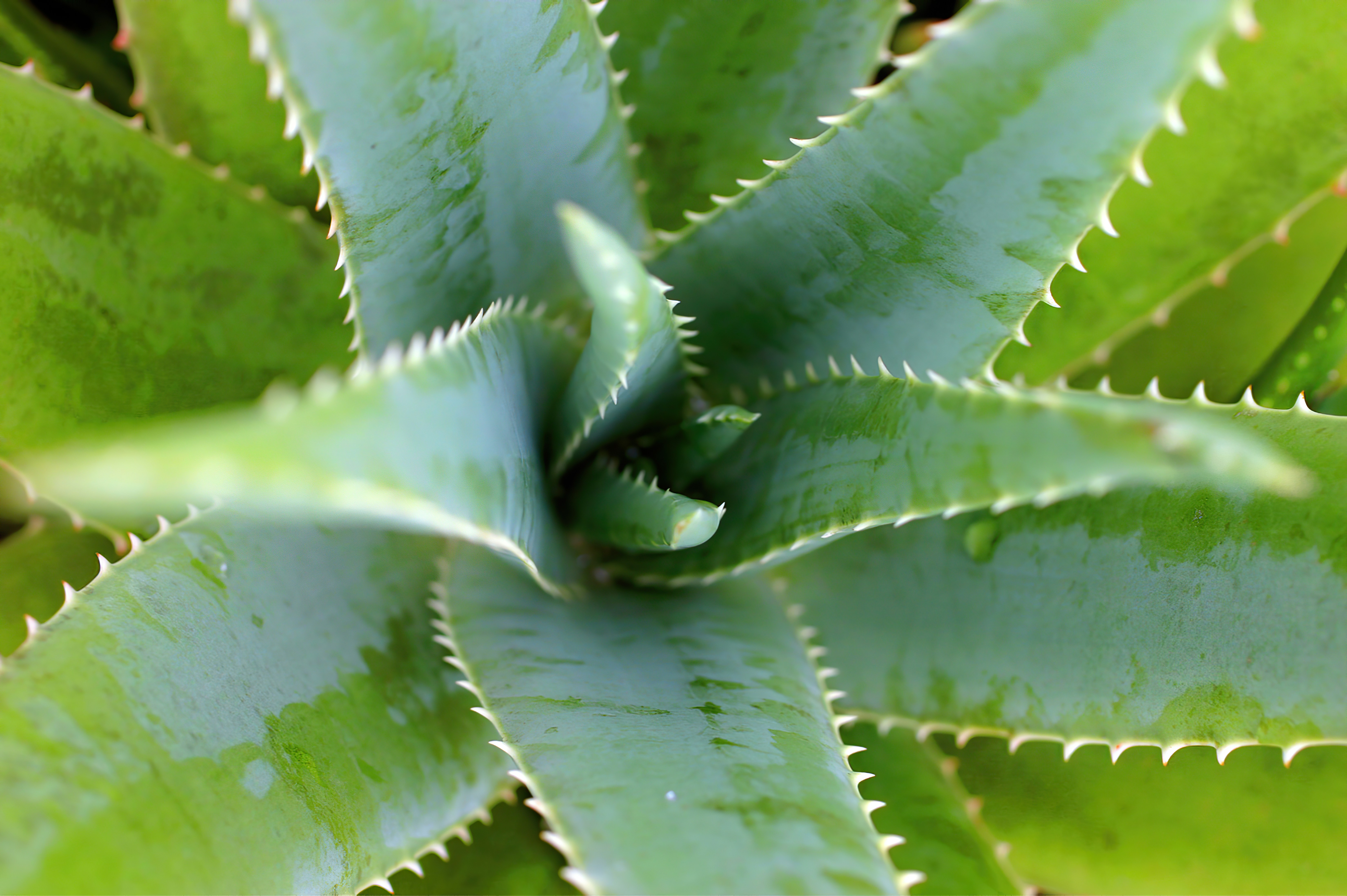
Monarda, or bee balm, is a favorite for pollinators and hummingbirds, but it’s also an amazing plant for skin care. Bee balm is known to smell a little “spicy” and that spiciness comes from its high thymol content. Thymol has powerful antiseptic and antifungal properties, making bee balm a good choice when dealing with issues like build-up on the scalp or fungal infections of the skin. You can infuse apple cider vinegar with bee balm for a clarifying scalp rinse. You can make a strong tea, called an infusion, of bee balm and apply it as a compress to support blemish-prone skin. Monarda didyma (most commonly found at nurseries) and Monarda fistulosa are the types of bee balm to use as herbs.
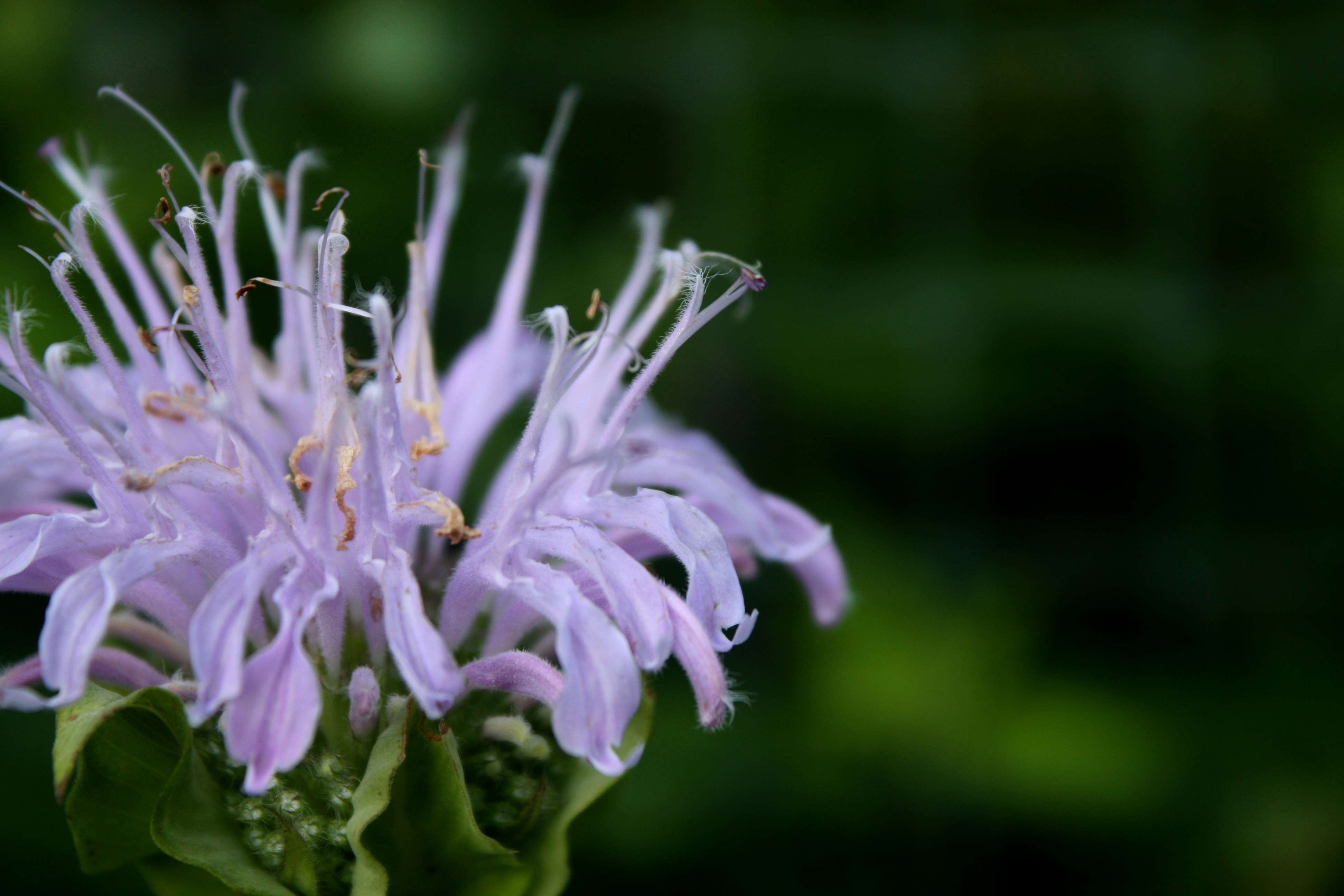
If I had to recommend just one herb for a body care garden, it would be calendula. In my opinion, Calendula officinalis is the leader of the herbal skin care world. Calendula is famous for its anti-inflammatory effects on skin. Today’s science is studying what traditional medicine has known for years, that use of calendula is associated with a potentially faster recovery time for injured skin. Harvest the whole flower head, after any dew has dried, ideally mid-morning, and dry for later use. Calendula can take a long time to fully dry out, but a dehydrator can speed up the process. With your dried flowers you can make infused oils for bath salts, turn the oil into a soothing salve, use dried flowers in a bath tea, or you can make an infusion to use as a compress on irritated skin. Calendula is a very enthusiastic self-seeder, which I find delightful, but you might not. So keep deadheading your flowers to prevent an enormous amount going to seed.
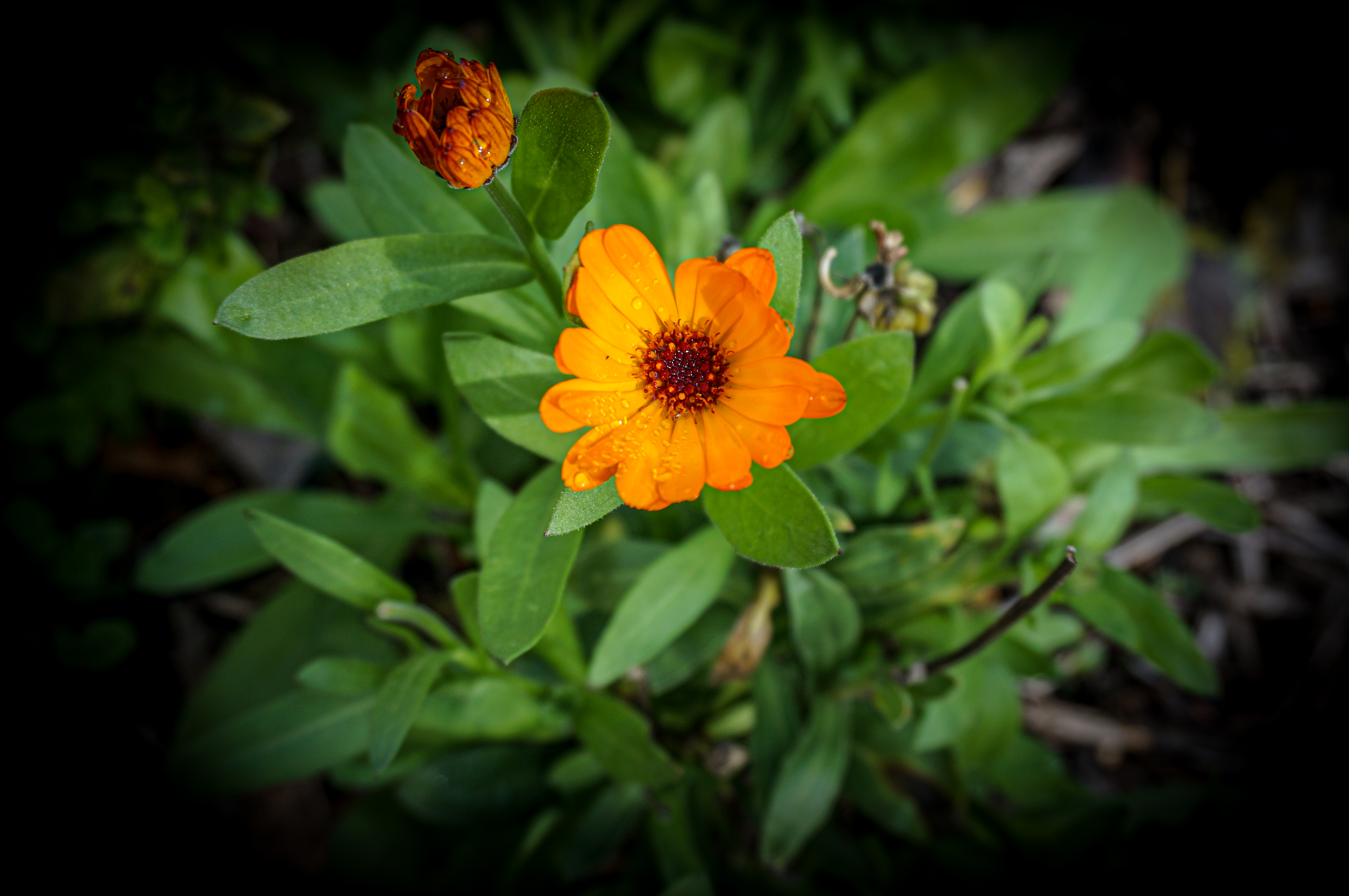
The lovely little chamomile isn’t just for tea! This mighty flower makes a perfect addition to a sleepy time bath tea blend. Make a strong infusion and add it to bathwater. A cloth soaked in chamomile tea is a treat for sunburned skin.
Since ancient times, people have been using Sambucus to enhance their beauty. The fragrant elderflower is full of antioxidants. Antioxidants fight free radicals that can cause inflammation on the inside and outside of our bodies. Use elderflower tea internally or externally to promote healthy skin. Salves infused with elderflower are popular for baby creams. Add some elderflower tea to lukewarm bathwater when you need to cool yourself down.
Fennel seems more appropriately used in a spaghetti sauce, but surprisingly, fennel can be helpful in the pursuit of glowing skin. Fennel seeds have a lot of antioxidants and have antiseptic properties. Ground up fennel seeds can be mixed with honey or yogurt and turned into a wonderfully exfoliating face mask. Gentle exfoliation removes dead skin which is helpful if you’re prone to breakouts. With special emphasis on the word gentle. Too much scrubbing can lead to irritation and redness, the exact opposite of what you want.
Besides being an amazing plant for pollinators, lavender is fun to use in herbal body products. A lot of us love the smell of lavender and it can be dried and used to scent products you can make at home: soaps, lotions, body butter, salves, lip balms, infused oils, calming bath salts, bath teas, and more! The variety ‘Grosso’ is prized for its intense smell and it creates a lot of buds, so it’s a great choice for an herbal body care garden.
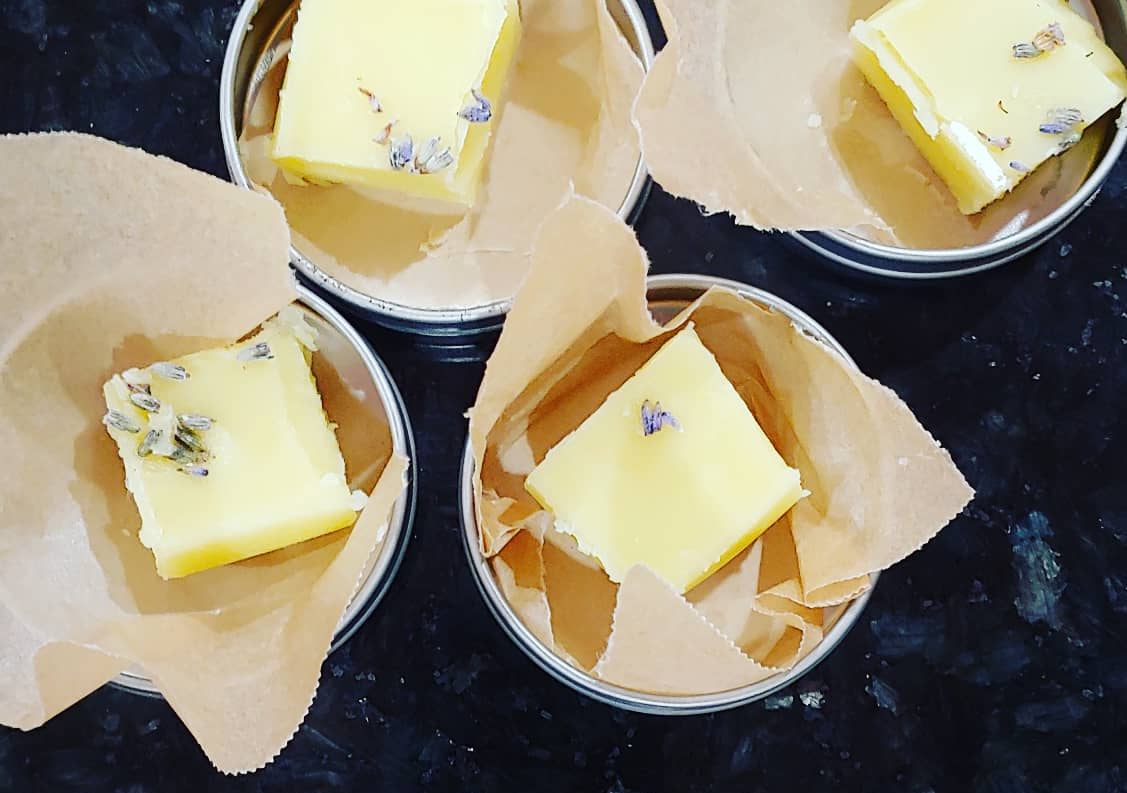
Rosemary is a very popular culinary herb so maybe you already have some in your garden. If not, you might want to add this multi-purpose plant! Olive oil infused with dried rosemary makes a wonderful hair/scalp treatment (and marinade too but don’t mix them up)! Rosemary has been used to help boost hair growth and studies show this isn’t just an old wives’ tale. Rosemary is a favorite for those with very oily skin too because it has a strong astringent effect.
Way back when, you could find the ancient Egyptians using roses to maintain their beauty. Roses are one of the most famous ingredients in natural based skin care. Rose petals are soothing and have anti-inflammatory actions on the skin. Roses are suitable for all skin types. Rose water is a popular way to use the petals and you can make it at home. The power of the rose doesn’t end after the blooming season; rosehips, the fruit that forms after a bloom, are an excellent source of vitamin C. Vitamin C is essential for maintaining healthy skin. Vitamin C promotes collagen production and fights free radicals. You can make rosehip jam or rosehip tea to reap the benefits of vitamin C.
In the herbal world, Achillea millefolium, or yarrow, has a lot of uses. Yarrow has been used as a styptic, meaning it can help control bleeding when used externally on wounds. Yarrow can help tighten the skin because it is astringent. It has substances that are helpful in controlling fungus and bacteria. Yarrow is used a lot in herbal salves and wound washes. Dried yarrow can be powdered and added to clay and other powdered herbs for a DIY clarifying face mask.
A note of caution: while yarrow can beneficial for most skin, paradoxically, some people can experience contact dermatitis when in contact with it. If you’ve never used yarrow before, you might want to do a “patch test” to be safe. See below for more on the “patch test”.
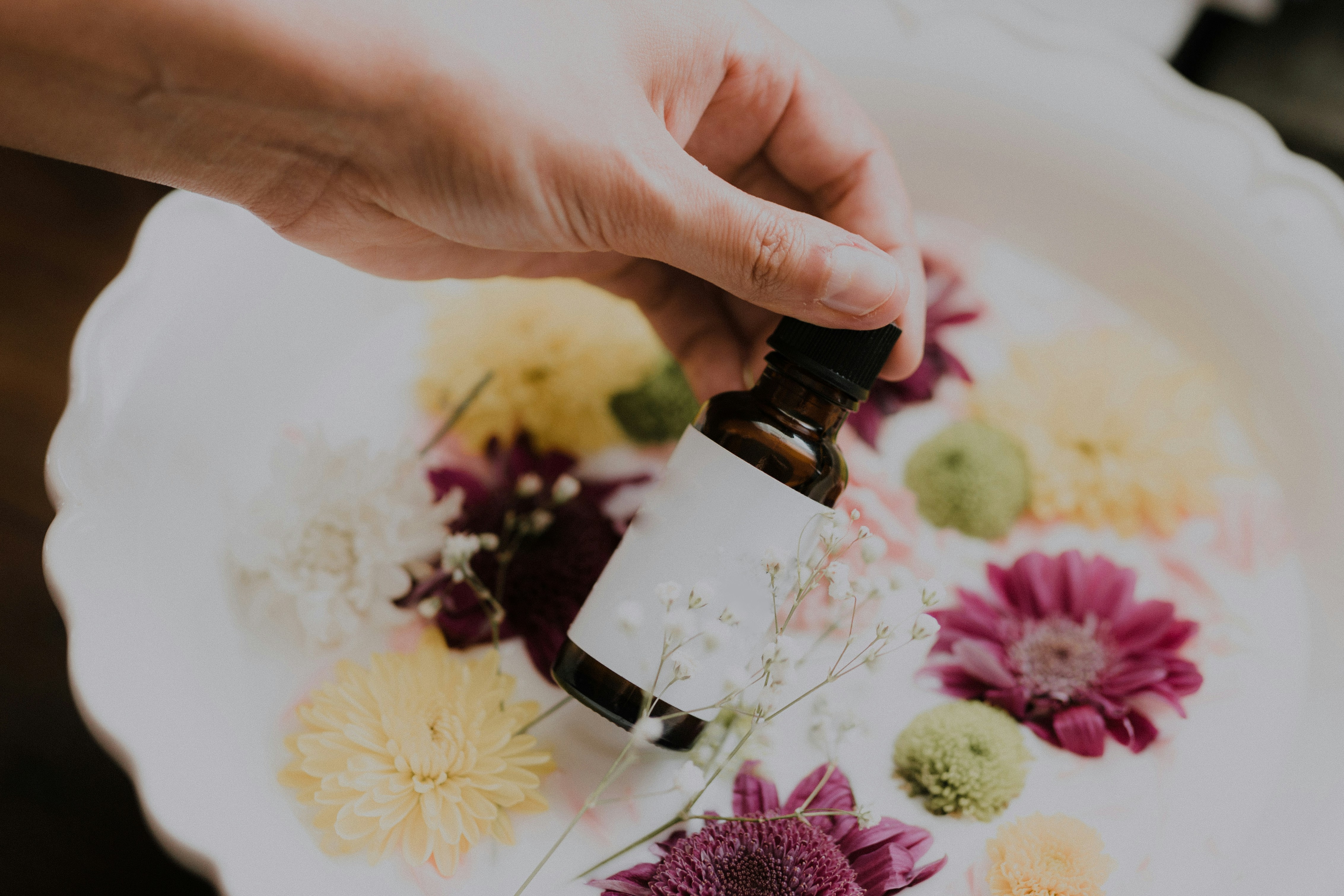
This is just a short list of plants that can be used in body care. There are a lot of different ways you can use your plants. If you’re new to do-it-yourself skin care, I recommend learning how to make an infused oil. Once you’ve learned that you can make things like salves, lip balms, lotions, body butter, and bath bombs/salts. Keep a lookout for future posts where I will explain how to create your own herbal products.
Just like with food, there is always the potential to react to herbs. You can see if you might react to a new herb by doing a patch test on your skin before using an herbal product. You can make a strong tea (infusion) of the herb and “paint” the tea somewhere that you would notice any redness or irritation, such as the inside of your wrist. Or you can rub the fresh herb on your skin to see if you have any irritation. If you have any reactions like redness, itchiness, or hives, then do not use that herb. I wait 12-24 hours after a patch test to see if any sort of reaction shows up. This is not to be taken as medical advice. Refer to your health care practitioner before starting a new herbal regimen.